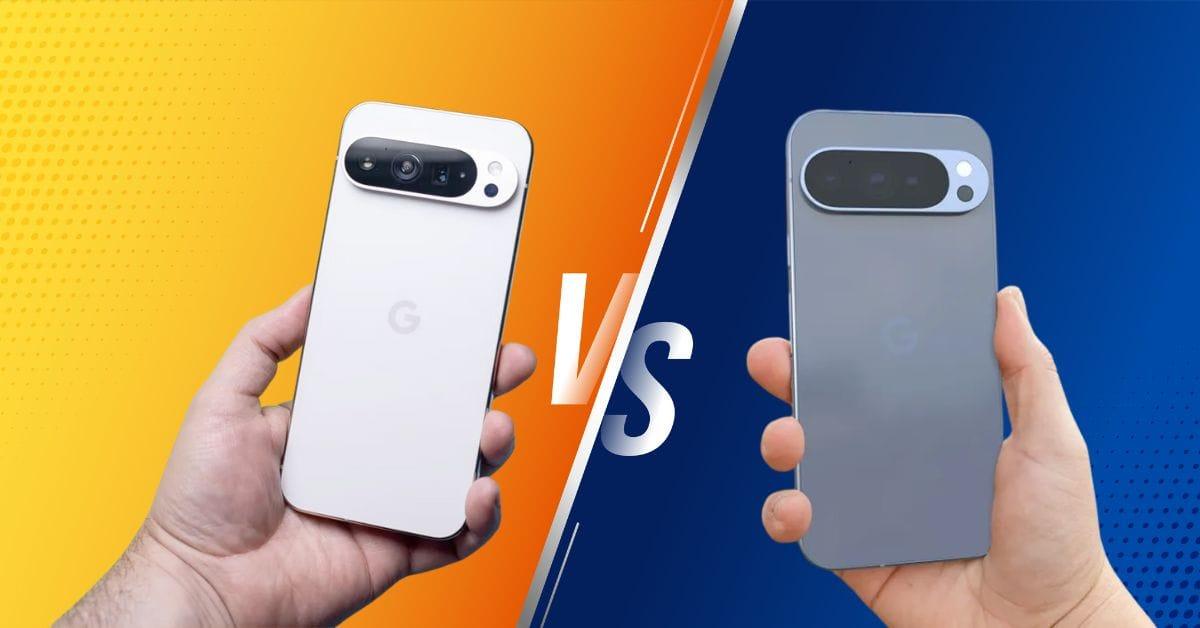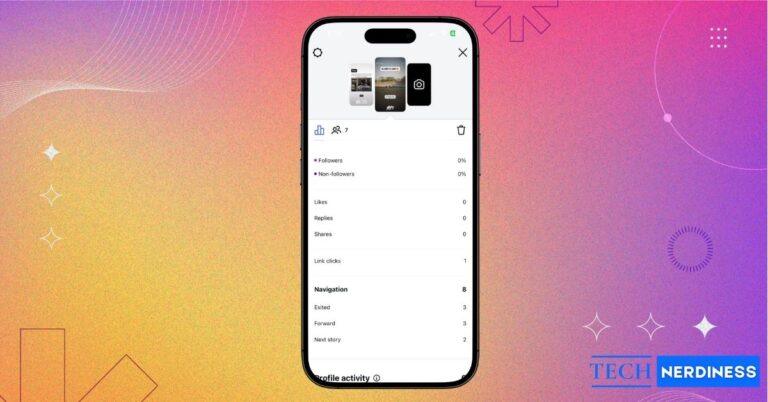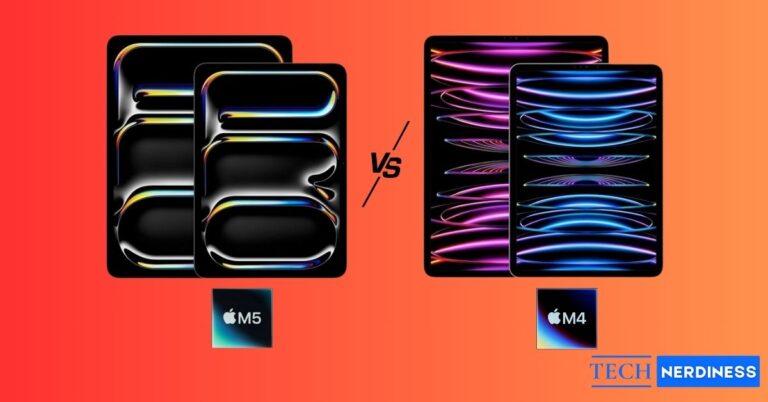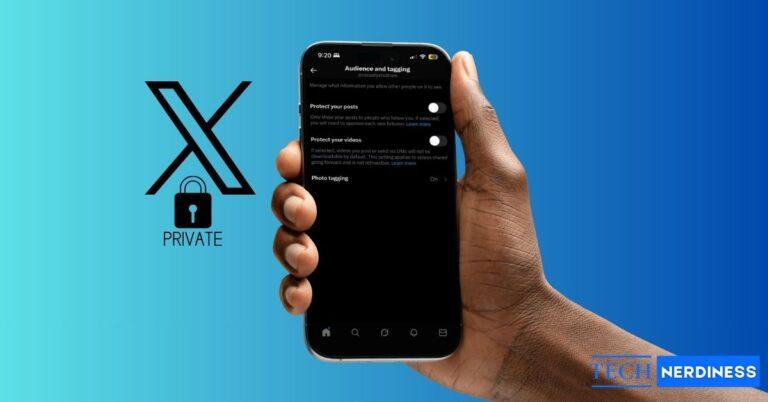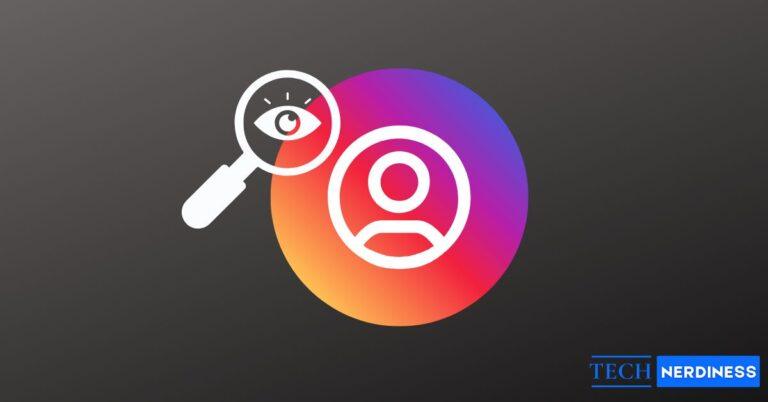- Design stays familiar but heavier: The Pixel 10 Pro XL keeps the Pixel 9 Pro XL’s look, adding 11g in weight and minor tweaks in colors.
- Display brightness takes a big jump: The 6.8-inch OLED now reaches 3,300 nits peak brightness versus 3,000 on Pixel 9 Pro XL, improving outdoor readability.
- Tensor G5 chip brings serious speed gains: Built on a 3nm process, it delivers up to 37% faster CPU performance, 60% stronger AI, and improved thermal efficiency.
- Cameras get smarter, not new hardware: Hardware is unchanged, but software adds 100× Super Res Zoom and better low-light results through enhanced processing.
- Battery and charging both improve: A 5,200 mAh battery and 25W Qi2 magnetic wireless charging give longer runtime and easier snap-on recharging.
If you own a Pixel 9 Pro XL, the Pixel 10 Pro XL will feel familiar. Same size. Same look. The changes sit under the hood and in the day‑to‑day experience. Here is a clear comparison that keeps things simple and honest, so you can decide what actually matters for you.
Table of Contents
- What's New on Pixel 10 Pro XL at a Glance
- Pixel 9 Pro XL vs Pixel 10 Pro XL: Specs Comparison
- Design: Familiar Shape With Subtle Changes
- Display: Brighter But Familiar
- Performance and Thermals: G5 Makes the Difference
- Cameras: Same Hardware, New Tricks
- Battery and Charging: Longer and Less Fussy
- Storage and Connectivity
- Price and Availability
- Google Pixel 10 Pro XL vs Pixel 9 Pro XL: Which One Should You Get?
What’s New on Pixel 10 Pro XL at a Glance
Here are the key changes between the Pixel 9 Pro XL and the Pixel 10 Pro XL that highlight how the newer model stands out:
- Speed and thermals: Tensor G5 is roughly one‑third faster on CPU and has a 60% more powerful TPU for on‑device AI. Expect smoother AI tasks and better efficiency under load.
- Battery and charging: Slight bump to 5,200 mAh. Faster 25 W Qi2 magnetic wireless charging and a growing ecosystem of snap‑on accessories.
- Display: Same 6.8‑inch LTPO OLED and resolution, but higher peak brightness and more PWM options for sensitive eyes.
- Software and support: Ships with Android 16 and long OS/security support. New camera and editing features land here first.
Pixel 9 Pro XL vs Pixel 10 Pro XL: Specs Comparison
| Feature | Pixel 9 Pro XL | Pixel 10 Pro XL |
|---|---|---|
| Display | 6.8” LTPO OLED, 2992×1344, 120Hz, ~3000 nits | 6.8” LTPO OLED, 2992×1344, 120Hz, ~3300 nits |
| Processor | Tensor G4 (4nm) | Tensor G5 (3nm), ~34–37% faster CPU, 60% stronger TPU |
| RAM | 16 GB | 16 GB |
| Storage | 128 GB – 1 TB | Starts 256 GB (region-dependent up to 1 TB) |
| Rear Cameras | 50 MP wide, 48 MP ultrawide, 48 MP 5× telephoto | Same hardware, adds 100× Super Res Zoom, AI camera features |
| Front Camera | 42 MP | 42 MP |
| Battery | 5,060 mAh | 5,200 mAh |
| Charging | 45 W wired, 23 W wireless | 45 W wired, 25 W Qi2 wireless |
| Connectivity | Wi-Fi 7, Bluetooth 5.3, physical SIM + eSIM | Wi-Fi 7, Bluetooth 6, eSIM-only, Qi2 magnets |
| OS at Launch | Android 15 | Android 16 |
| Colors | Obsidian, Porcelain, Hazel, Rose Quartz | Obsidian, Porcelain, Moonstone, Jade |
| Weight | ~221 g | ~232 g |
Google revealed the Pixel 10 Pro XL alongside several other exciting products. Check out everything announced at Made by Google 2025 for the full lineup.
Design: Familiar Shape With Subtle Changes
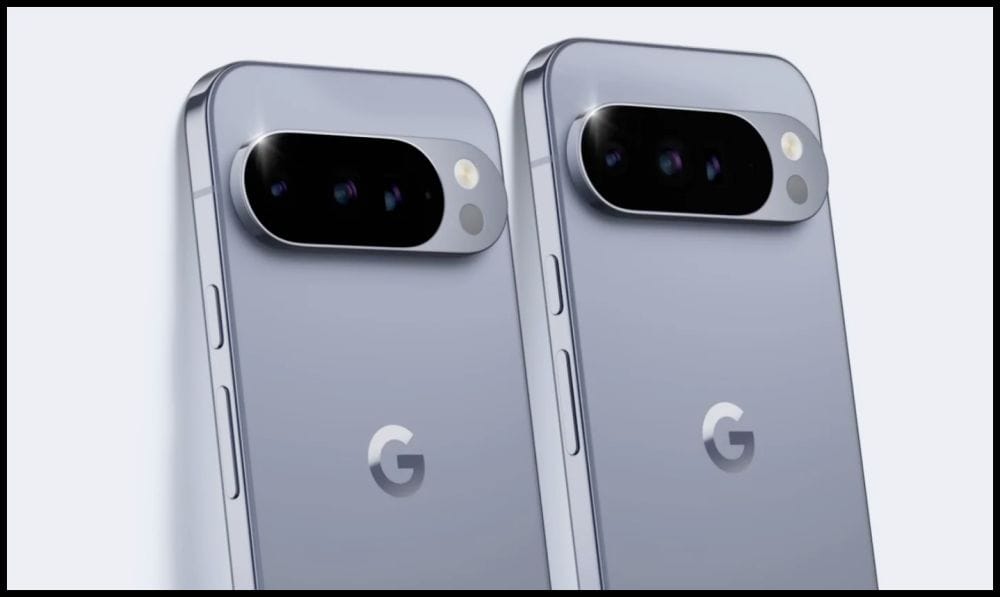
From the outside, the Pixel 10 Pro XL looks very similar to the Pixel 9 Pro XL. Both phones keep the polished aluminum side rails, the pill‑shaped camera bar, Gorilla Glass Victus 2, and an IP68 rating for dust and water resistance. The dimensions are identical too at 162.8 x 76.6 x 8.5 mm, so in theory, cases might fit, but small tweaks to the camera bar can still cause compatibility issues.
Where things differ is in weight. The Pixel 10 Pro XL tips the scale at about 232 g, compared to 221 g for the Pixel 9 Pro XL. It’s not a huge number on paper, but you feel the extra heft in your hand and pocket. It continues a trend where Pixel flagships are gradually getting heavier each year.
Colors are one of the few areas where you can visually tell them apart.
- Pixel 10 Pro XL: Obsidian, Porcelain, Moonstone, Jade.
- Pixel 9 Pro XL: Obsidian, Porcelain, Hazel, Rose Quartz.
In case you missed: Which Google Pixel Phones Are Waterproof?
Display: Brighter But Familiar
The similarities continue in the display aspect, too. Both phones use a 6.8‑inch LTPO OLED display. The resolution is also the same at 2992 × 1344. They also support a 120 Hz refresh rate. Since both phones use LTPO technology, the refresh rate can adjust dynamically anywhere between 1 Hz and 120 Hz, depending on what you are doing, to save battery.
What’s new on the Pixel 10 Pro XL is a bump in peak brightness, now reaching around 3,300 nits versus 3,000 nits on the Pixel 9 Pro XL. Indoors, they look almost identical, but outdoors, the extra brightness makes the newer model slightly better to read under direct sunlight. However, do not expect a major change in this aspect either. Both are protected by Gorilla Glass Victus 2 on the front and back.
Performance and Thermals: G5 Makes the Difference
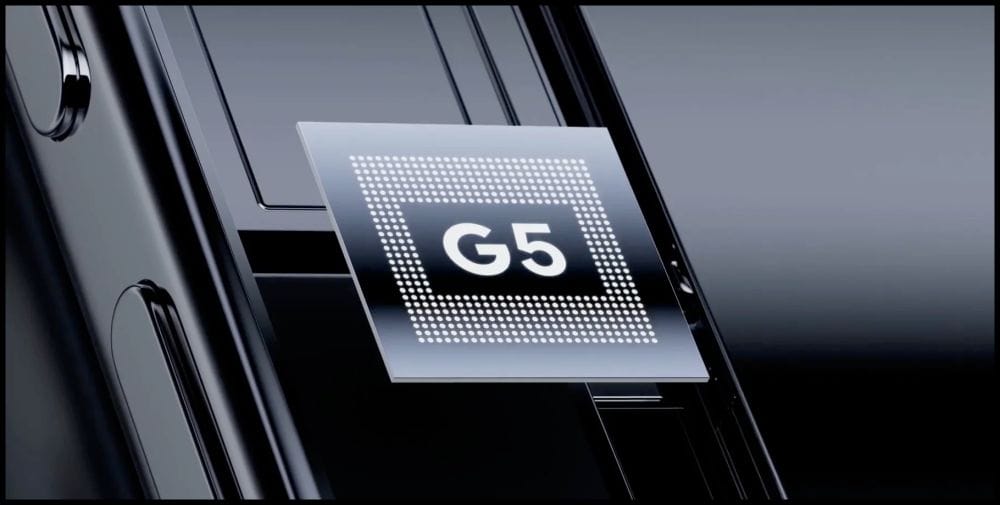
For the first time, Google shifted from Samsung-made processors to custom Tensor G5 chips manufactured by TSMC, built on an advanced 3 nm process.
This change makes the phone more efficient and noticeably faster compared to the Tensor G4 inside the Pixel 9 Pro XL. According to Google, the CPU is about 34–37% quicker, while the TPU, the part of the chip dedicated to AI, is 60% more powerful.
Google has introduced a new set of AI features for Pixel phones, along with the Pixel 10. Tensor G5 helps to run most of these features on the device locally.
The phone is expected to stay cooler under heavy use compared to previous versions. However, when stacked against competitors like Qualcomm’s Snapdragon or Apple’s A‑series chips, the Tensor still trails in raw performance, especially in gaming and GPU-related tasks, though the gap is steadily closing.
Cameras: Same Hardware, New Tricks
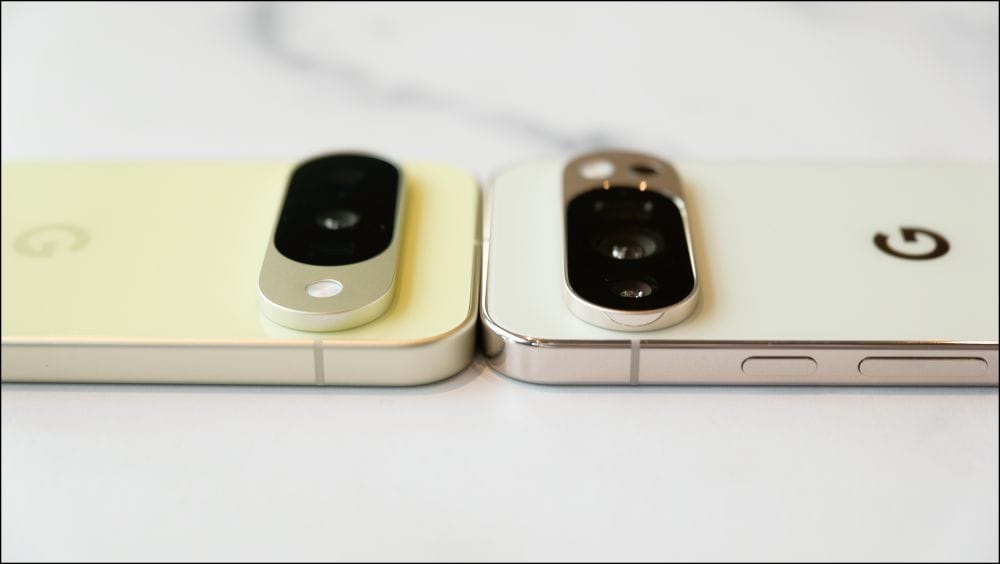
The core setup is unchanged: 50 MP wide, 48 MP ultrawide, 48 MP 5× periscope.
What changes is what the software does with it. The Pixel 10 Pro XL adds up to 100× Super Res Zoom and stronger low‑light and portrait processing. Video gets cleaner HDR results with AI boost.
Both the Pixel 9 Pro XL and the Pixel 10 Pro XL come with a 42 MP front camera, offering fast autofocus and a wide field of view.
The takeaway is simple. If you were happy with Pixel 9 Pro XL photos, you will see refinements rather than a new look.
Learn how Camera Coach, Auto Best Take, and 8K video work in our Google Pixel 10 camera features article.
Battery and Charging: Longer and Less Fussy
The Pixel 10 Pro XL gets a slightly larger 5,200 mAh battery compared to the Pixel 9 Pro XL’s 5,060 mAh.
On paper, that bump doesn’t sound dramatic, but paired with the more efficient Tensor G5 chip, it means the phone manages power better and runs cooler under stress. In day‑to‑day use, you might squeeze out a little extra screen time, not because of the capacity itself, but because the hardware and software now handle energy more smartly.
Where you’ll feel the bigger difference is in charging. The Pixel 10 Pro XL introduces 25 W Qi2 magnetic wireless charging. Instead of fiddling with cables or trying to line things up, you just snap the phone onto a charger and it clicks into place, much like Apple’s MagSafe. It feels effortless. Charging is faster and also works with a wider set of accessories, such as docks, stands, and portable power banks. Google calls their version as Pixel Snap.
Wired charging also got upgraded from 37W to 39W, but in real life, you may not notice much difference.
Storage and Connectivity
When it comes to storage, the Pixel 9 Pro XL started at 128 GB and went all the way up to 1 TB. The Pixel 10 Pro XL drops the 128 GB option and now begins at 256 GB. In some regions, you may still see higher tiers up to 1 TB, but in others, the lineup may stop at 256 GB, so it depends on where you buy it.
Connectivity is where the two devices quietly differ. The Pixel 9 Pro XL supported Wi‑Fi 7, Bluetooth 5.3, and offered both a physical SIM slot and eSIM. The Pixel 10 Pro XL modernizes things with Wi‑Fi 7, Bluetooth 6, and goes eSIM‑only. That means no physical SIM tray, which could be inconvenient if you frequently swap SIM cards. On the other hand, it adds extras like UWB for better device tracking and Qi2 magnets for snap‑on chargers and accessories.
In short, the Pixel 9 Pro XL gives you more flexibility with SIM cards, while the Pixel 10 Pro XL doubles down on future‑proof features and convenience accessories.
Price and Availability
The entry point for the Pixel 10 Pro XL has gone up because the 128 GB model is no longer offered. In the US, the 256 GB version is listed at around $1,199. Interestingly, that’s the same launch price as the 256 GB Pixel 9 Pro XL. The Pixel 10 Pro XL can also be configured up to 512 GB or 1 TB.
- The base model with 256GB storage starts at $1,199.
- The 512GB storage model is priced at $1,319.
- The 1TB storage model costs $1,549.
The Pixel 9 Pro XL launched earlier on August 22, 2024. As it gets older, expect to see more aggressive discounts, which makes it an attractive alternative if you don’t need the very latest features.
Google Pixel 10 Pro XL vs Pixel 9 Pro XL: Which One Should You Get?
If you’re already using the Pixel 9 Pro XL, the upgrade to the Pixel 10 Pro XL may not feel essential. The design and cameras remain unchanged, and both phones share the same dimensions. Since the Pixel 9 Pro XL is on Android 16 with six more years of updates, it still has plenty of life left.
The Pixel 10 Pro XL, however, does bring some meaningful improvements. The new Tensor G5 delivers smoother performance and better AI optimizations. Qi2 magnetic support with 25W wireless charging also makes daily charging faster and more convenient. These are the kinds of upgrades you’ll notice every day, even if the phone looks nearly identical.
For most people, the Pixel 10 Pro XL is best suited for those upgrading from an older Pixel. But if you’re on the Pixel 9 Pro XL and love the idea of faster wireless charging or simply want the latest performance gains, the 10 Pro XL could still be tempting.

